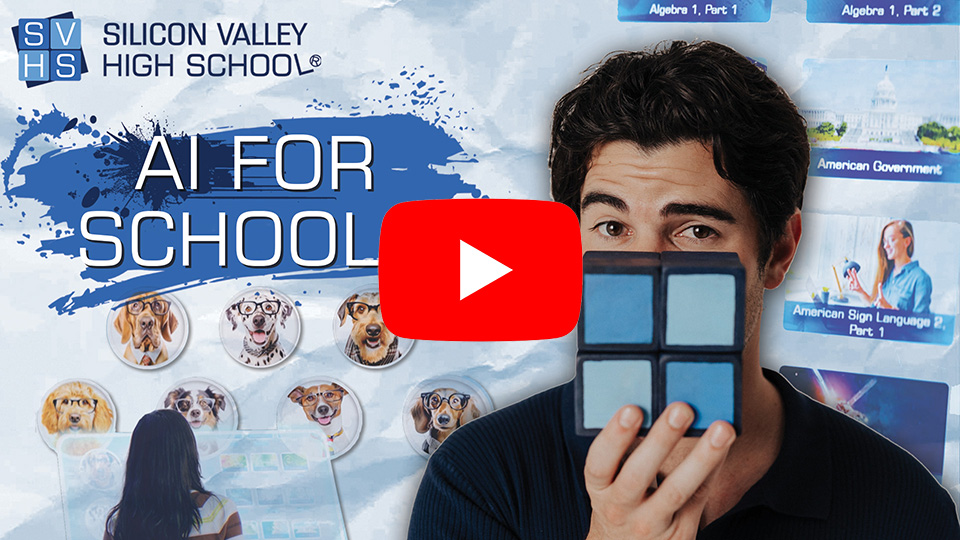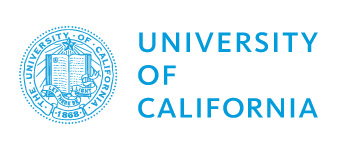
PHYSICAL SCIENCE, PART 2
Price: $125 | Credits: One Semester | Dept: Languages | Course ID# 263-2
Physical Science, Part 2 builds on the foundations of chemistry and matter from Part 1, focusing on the physical laws that describe motion, energy, and forces. Students analyze motion using kinematics and apply Newton’s Laws to explain how forces cause changes in motion. They study work, energy, and momentum to understand conservation and energy transfer in real-world systems. Students also explore waves, electricity, and magnetism to see how these phenomena power technology and communication. The course concludes with an investigation of renewable energy sources such as solar, wind, geothermal, and hydro, evaluating their environmental and societal impacts. Physical Science is approved by the University of California A-G as a laboratory science – Interdisciplinary Sciences (category D).
Upon completion of this course, the student is awarded 5 credits. Each credit corresponds to 15 hours of study. Of course, some students work more quickly than others, and some can devote more hours to study, so some students are able to complete the course at an accelerated rate.
Upon completion of this course, the student is awarded 5 credits. Each credit corresponds to 15 hours of study. Of course, some students work more quickly than others, and some can devote more hours to study, so some students are able to complete the course in an accelerated rate.
LEARNING OBJECTIVES
In this module, students gain a comprehension of the following:
- How to describe and calculate motion using position, velocity, and acceleration graphs.
- How Newton’s Laws explain the relationship between force, mass, and acceleration, including applications of friction, gravity, and circular motion.
- How work, energy, and momentum are related through conservation principles that govern collisions and energy transfer.
- How waves behave as mechanical or electromagnetic phenomena and how they are used in communication, medicine, and seismology.
- How electricity and magnetism interact through circuits, charges, and electromagnetic induction to power modern technology.
- How renewable energy sources such as solar, wind, geothermal, and hydro can meet human needs while reducing environmental impact.
TOPICS COVERED
This course covers the following topics:
- Motion
- Newton’s Laws
- Work and Energy
- Waves
- Electricity and Magnetism
- Renewable Energy
























